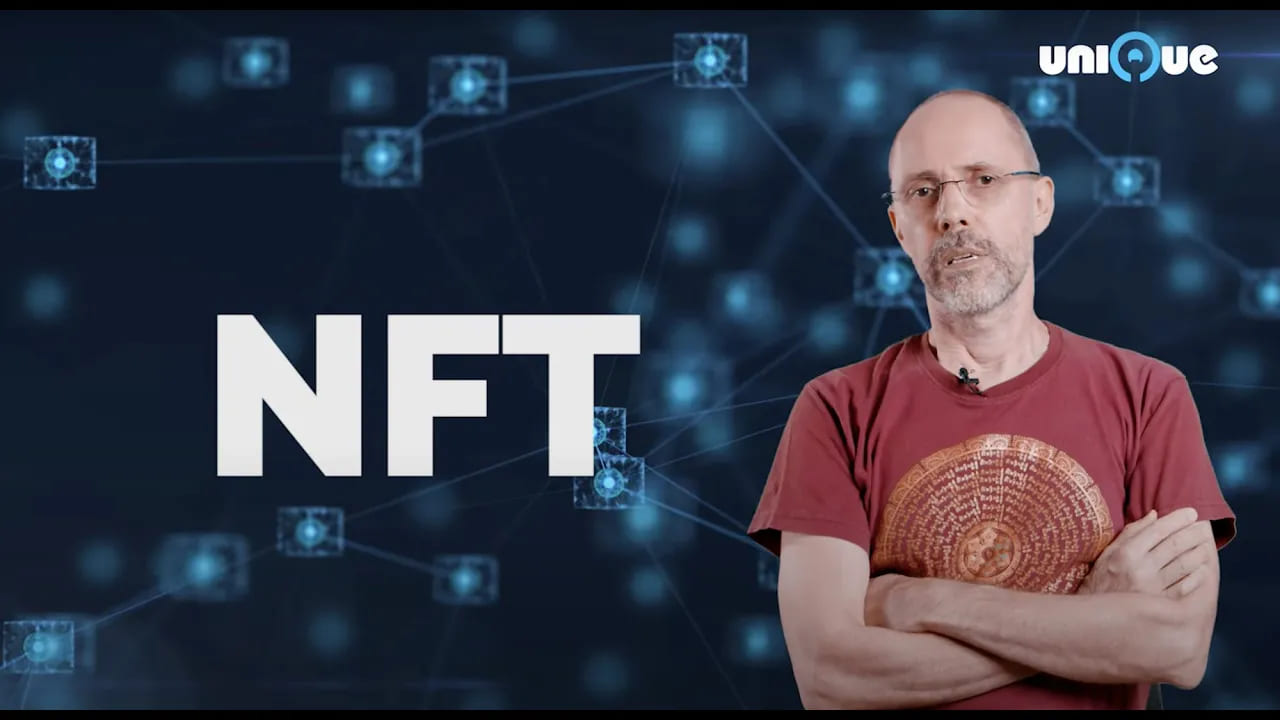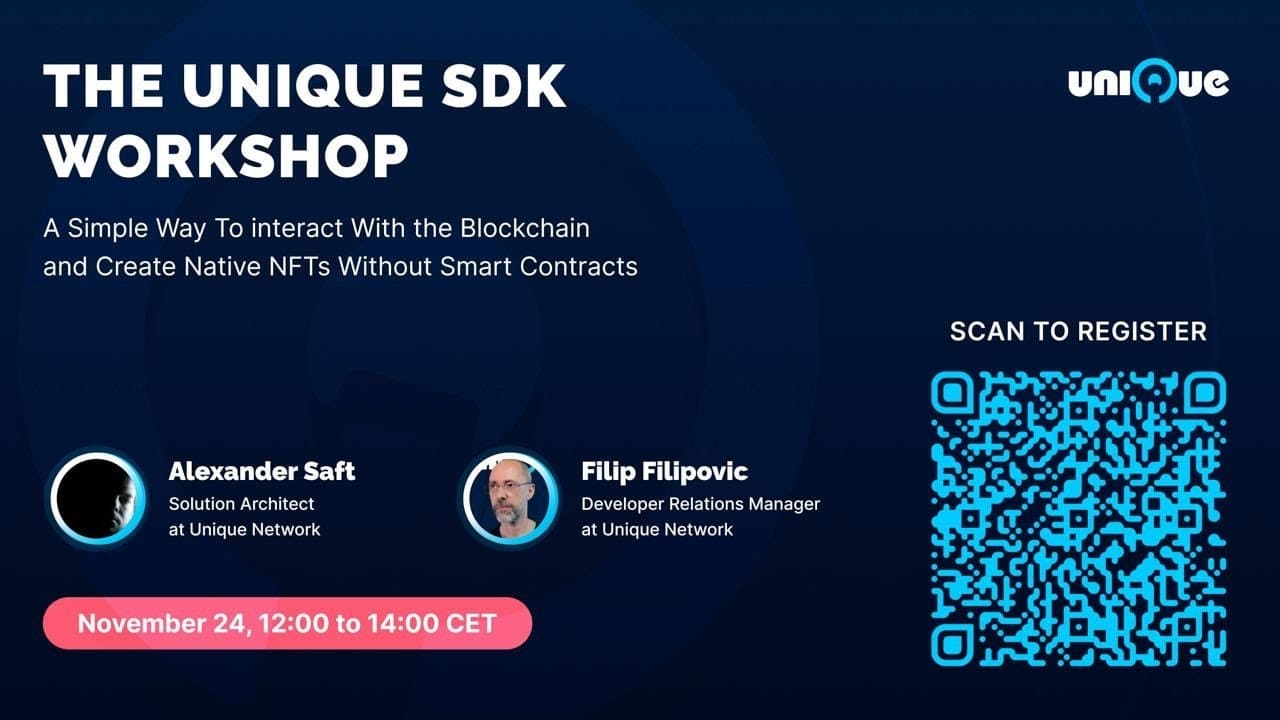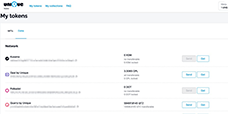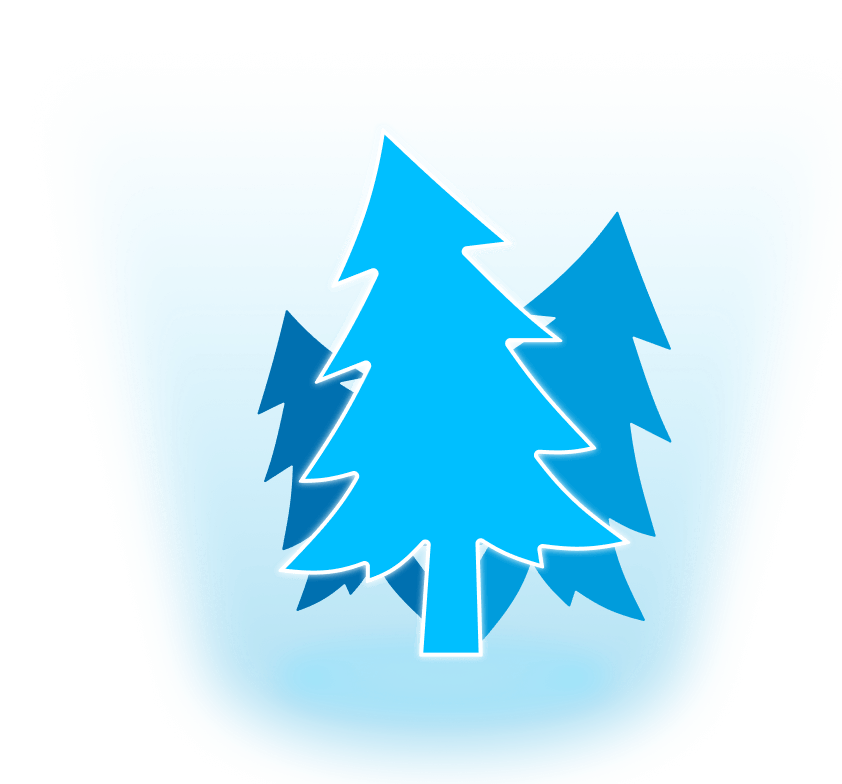What motivates people to own, create, or buy and sell NFTs? This question explores the catalysts and driving factors fueling the surging world of non-fungible tokens. While NFTs are alluring to collectors and creators for sentimental and aspirational reasons, the most compelling incentives for people to participate in the NFT world and marketplaces are still financialization and experiences.
For collectors, NFTs aren't just an investment but a gateway to future opportunities. This perception stems from the unique nature of NFTs, which provide a new way of ownership in the digital realm. By owning an NFT, individuals can establish their stake in an asset with intrinsic value and growth potential.
The concept of identity and exclusivity also holds significant sway within the NFT space. Creating and expressing one's token and identity becomes a common motivation for individuals. Buyers can distinguish themselves and showcase their preferences, tastes, and affiliations by owning unique and scarce digital assets. The exclusivity of certain NFTs adds to their allure, making them highly sought-after among collectors.
From a creator's perspective, NFTs offer more than just financial opportunities and self-expression. They provide certification or proof of ownership, granting individuals a sense of control and ownership over digital commodities, despite not physically possessing them. This aspect is especially relevant in digital art, where authenticity and provenance are paramount for direct sales. NFTs serve as a digital stamp of legitimacy, assuring buyers they hold a unique and genuine piece of digital art.
Beyond financial aspirations, community influence is also a key driver of NFT engagement. Many enthusiasts strongly desire to join like-minded communities where they can share ideas, collaborate, and experience a sense of belonging. Being part of an exclusive club that appreciates and supports digital art and digital collectibles adds more satisfaction to NFT ownership. Communities play a crucial role in creating value, as their collective enthusiasm and support can elevate the worth and desirability of specific NFTs.
How NFT Infrastructure Drives Crypto Industry Growth
Trading NFTs become more efficient when ownership can be easily proven and transferred with minimal, thereby increasing transparency, openness, and the globalization of financial assets. These benefits lead to an expansion of the market and higher secondary sales, and better trading volumes.
Furthermore, NFT infrastructure expands the use cases of blockchains beyond cryptocurrencies — complementing functionalities such as fundraising, remittance, store of value, borrowing, and lending, and enabling the tokenization of various assets such as digital art projects, music, collectibles, virtual real estate, and more. NFTs prove blockchain can solve real-world problems, deploy quickly, and generate value for users and underlying networks.
Read our article 'NFT Marketplace Development: Key Considerations and Challenges' to better understand the mechanics behind the top NFT Marketplaces.
An Analysis of The Current NFT Marketplace Landscape
NFT marketplaces have simplified the process of creators exhibiting their work to collectors, which was previously tricky without the help of developers or Web3 experience. Contract-less minting, lazy minting, and other Web3 innovations have also contributed to the NFT market boom, which some experts predict will reach $231B by 2030.
Despite facing interoperability, scalability, and verification challenges, the NFT marketplace industry remains resilient, with the most popular and largest NFT marketplaces, such as OpenSea and Blur attracting millions of monthly users. A demand surge for NFTs has led to various chains integrating their own NFT marketplace infrastructure — each with distinct features and services to appeal to different populations.
Outside Ethereum, Binance and the Solana NFT marketplace are two other popular blockchains for NFTs offering diverse options, including for digital artworks and collectibles; for those seeking a community-owned NFT marketplace, SuperRare stands out as an exclusive platform.
Top NFT Marketplaces for Creators

With platforms like Decentraland, virtual worlds have emerged as increasingly popular NFT marketplaces that offer a unique way to showcase and interact with NFT collections. Platforms like the NBA Top Shot Marketplace, Nifty Gateway, Axie Marketplace, and other leading NFT collection marketplaces have gained popularity by focusing on specific industries, particularly sports and gaming.
Despite several platforms, few have grown as rapidly as Opensea, valued at $13.3 billion in 2022, according to multiple reports. By December of that same year, OpenSea had amassed an all-time sales volume of $33.12 billion, with an average price of $278.83 per transaction. Additionally, the platform boasted a remarkable increase in user adoption, with over 2.45 million registered users who had conducted at least one transaction for NFTs on the forum—a significant increase from the mere 4000 users recorded in March 2020.
These figures highlight the significant growth and success of OpenSea, which has emerged as a dominant marketplace for NFTs. Notably, other platforms, such as Blur, have now exceeded billions in digital asset sales, indicating the ripple effect and potential of the NFT industry.
Want more information on how to choose the right NFT Marketplace?
Read our article 'Choosing the Right NFT Marketplace: A Step-by-Step Guide'.
The Crucial Role of NFT Marketplaces
The financial potential of NFTs is a significant draw for enthusiasts — with some creators and collectors managing extraordinary NFT sales. High-profile sales like the NFT of Jack Dorsey's first tweet have helped fuel the hype around NFTs. Additionally, the streamlined and efficient process of trading assets, combined with the liquidity options available in various asset classes, adds to the buy-and-sell appeal of NFTs as an opportunity.
Simultaneously, collectors benefit from various NFTs, spanning art, music, collectibles, and more, enabling them to curate their digital collections. By providing secure and user-friendly platforms for buying, selling, and trading NFTs, these marketplaces facilitate the connection between creators and collectors, driving the growth and acceptance of NFTs as a form of digital ownership and expression.
Tips for Choosing an NFT Marketplace

Regardless of one's aspirations and motivations for buying and selling NFTs, the natural inclination for creators, developers, and collectors is to congregate within NFT marketplaces. NFT marketplaces are the perfect platforms for creators and collectors, acting as catalysts for widespread NFT adoption.
However, given a recent surge in NFT marketplaces, each boasting distinct features, community dynamics, and asset offerings, selecting an appropriate platform that caters to your specific requirements and aspirations, especially as a creator, can be daunting. Reading on, we explore some key factors creators should consider when choosing an NFT Marketplace, providing insights that can help them navigate the vast and ever-evolving NFT ecosystem.
For creators and NFT collectors navigating the world of NFT marketplaces, here are some essential tips to consider:
- Do Your Research
Thoroughly explore different NFT marketplaces, considering factors such as user base, reputation, transaction fees, and platform security. Look for platforms that align with your goals and values.
- User Experience
Evaluate the platform's user interface, browsing experience, and overall ease of use. A well-designed marketplace ensures seamless navigation and enhances your experience as a collector or creator.
- Community and Engagement
Consider the marketplace's community features, such as forums, social interactions, and feedback mechanisms. Engaging with a vibrant community can provide valuable networking opportunities and enhance your understanding of the NFT ecosystem.
- Discoverability
Look for platforms prioritizing discoverability, featuring practical search algorithms and categorization options. This will increase the visibility of your creations as a creator and enable collectors to find unique NFTs more easily.
- Secondary Market Support
Consider marketplaces that support secondary market transactions, as this can provide ongoing opportunities for collectors to buy, sell, and trade NFTs, contributing to the long-term value of your collection.
- Platform Roadmap
Evaluate the marketplace's development roadmap and plans. Look for platforms that continuously innovate and introduce new features, ensuring they remain relevant and competitive in the rapidly evolving NFT space.
When choosing an NFT marketplace, creators should also focus on advanced featured marketplaces, as these platforms focus most on NFT utility. Dynamic features such as customizable NFTs, multi-resource NFTs, cross-chain compatibility, or EVM compatibility can help creators maximize their NFTs' value.
The financialization of NFTs can revolutionize how we think about ownership and value exchange. And by keeping these tips in mind, creators can make informed decisions when choosing the NFT platform and marketplaces that best suit potential buyers.
Importance of choosing the best NFT marketplaces.
Selecting the right NFT platform and marketplace is crucial when looking into NFTs. Creators must analyze a platform's future potential and choose a marketplace that puts NFTs with utility first and prioritizes long-term development.
By offering a global reach and access to a dedicated community, the right marketplace allows creators to generate income and sustain their artistic endeavors in the long run.
Unique Marketplace: Among the Best NFT Marketplaces

1. NFT Fractionalization
Every day buyers often need more access to capital and financing opportunities due to the high price levels of certain asset classes. NFT marketplaces offer a solution to this problem through fractionalization, which allows NFTs to be broken into smaller pieces of programmable art. The best part is this option isn't limited to digital artwork but extends to various asset classes—picture real estate, digital identity processes, ticketing, etc.
Nesting represents another innovation that provides the potential for diversification through a collective ownership arrangement, which facilitates shared ownership among multiple individuals or entities of a single asset. This advanced NFT opens up endless possibilities for people to access unique or valuable assets.
2. Refungibility
Refungibility is a new and innovative technology that has the potential to revolutionize the way we think about collective ownership.
By definition, a re-fungible token or (RFT) can be divided into smaller, fungible units. RFTs can be traded and exchanged like traditional currencies while maintaining their unique properties. RFTs can be used to fractionalize ownership of an NFT. This means multiple people can own the same NFT, each holding a portion.
Because the value of the underlying NFT determines its value — RFTs can also be used to create new types of financial instruments. For example, derivatives are financial instruments that derive value from another asset. Derivatives can be used to hedge against risk or speculate on an asset's future price.
3. Transaction sponsoring
Traditionally, end-users must pay transaction or gas fees when creating a collection, selling, or purchasing non-fungible tokens (NFTs). However, this can be a barrier to entry for many users, as they may not have the native currency of the network required to pay these fees.
At Unique Network, we solve this issue by introducing transaction sponsoring. With transaction sponsoring, market (app) owners can pay these nominal fees for their users, who can then focus on creating, selling, and purchasing NFTs without having to worry about the cost of transaction fees. This innovation makes it much easier and more affordable for users to participate in the NFT market.
4. Utility-Driven Design
The ability to provide tangible value and purpose to digital assets is what makes utility the key to unlocking NFT adoption. By offering practical benefits such as access to exclusive content, virtual experiences, or real-world perks, NFTs appeal to a broader audience beyond collectors. Utility ensures the longevity of NFTs, driving engagement and sustainability in the ecosystem.
Moreover, it fosters innovation, encourages cross-industry integration, and expands the use cases of NFTs, propelling their mainstream acceptance and adoption. Ultimately, the utility allows NFTs to transcend beyond mere collectibles and unlocks their potential as transformative assets in various sectors.
Click here to browse the Unique Marketplace.
Balancing the Scales with Unique Network's NFT Integrations
Imagine NFT marketplace creation as a journey across a vast continent. In the conventional scenario, navigating the process of NFT development can feel like a daunting journey through a vast desert landscape on a BMX bike. It takes a lot of effort and resources to go through this experience, which can be both draining and overwhelming. However, Unique's infrastructure is a game-changer, presenting an experience analogous to traveling the same course in the skies with a luxurious Gulfstream G800.
While Ethereum remains the leading chain for NFT development, infrastructure platforms such as Unique are expanding to provide users with even better tools to navigate the marketplace creation process.
With advanced integrations like customizable and feeless NFTs, cross-chain compatibility, and SDK access, Unique empowers creators by providing an efficient and uncomplicated path to consolidating NFT solutions into Web3 applications.

Build on Unique Network
Are you a builder or developer looking for the most advanced NFT infrastructure? From SDKs, RFTs, and Customizable NFTs, we can help you create powerful and dynamic NFT solutions.
Whether you're looking to build new dApps or integrate existing ones, we have the tools and expertise to help you succeed. Get in touch with us for more support.












 by
Unique Network
by
Unique Network